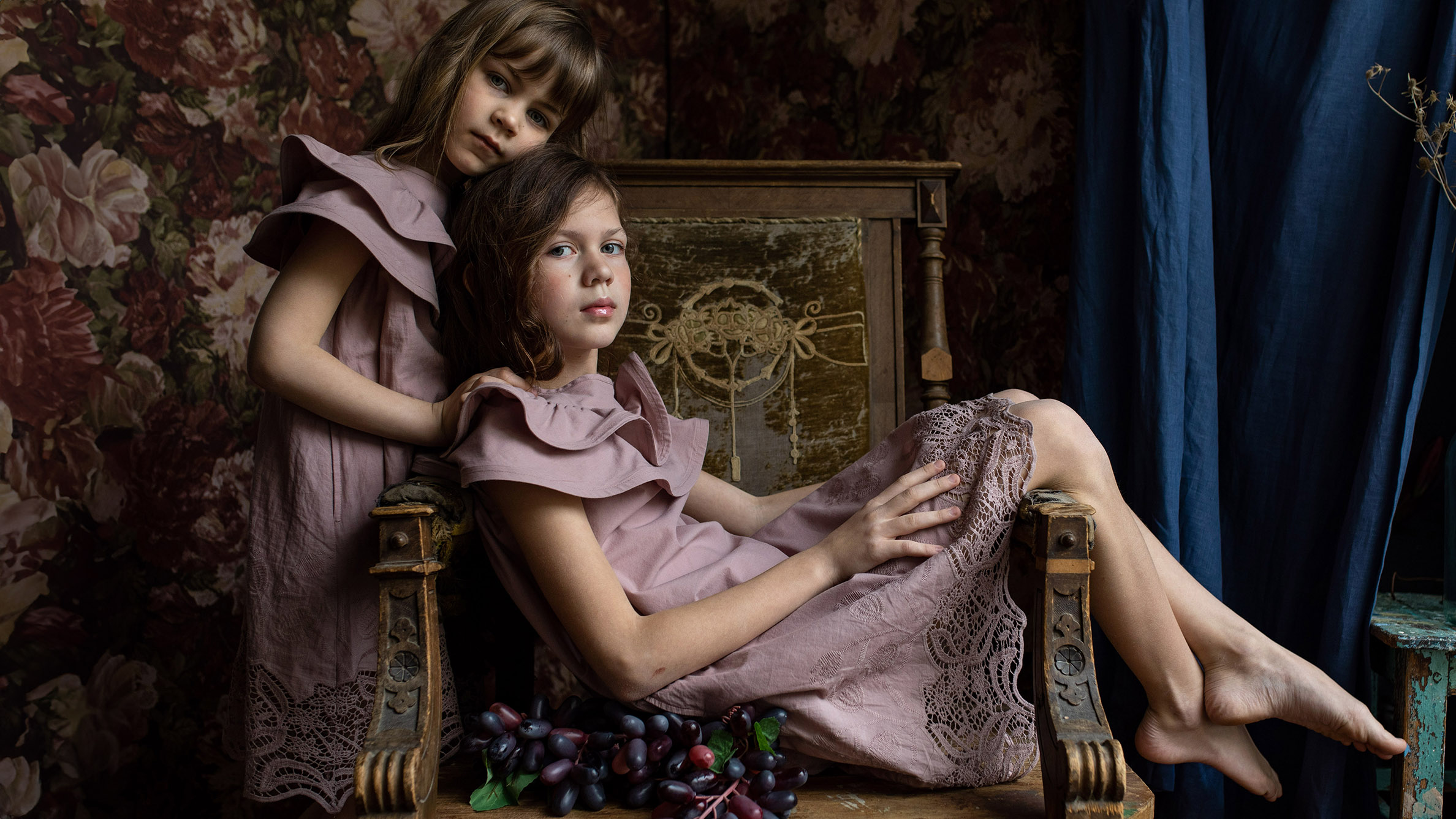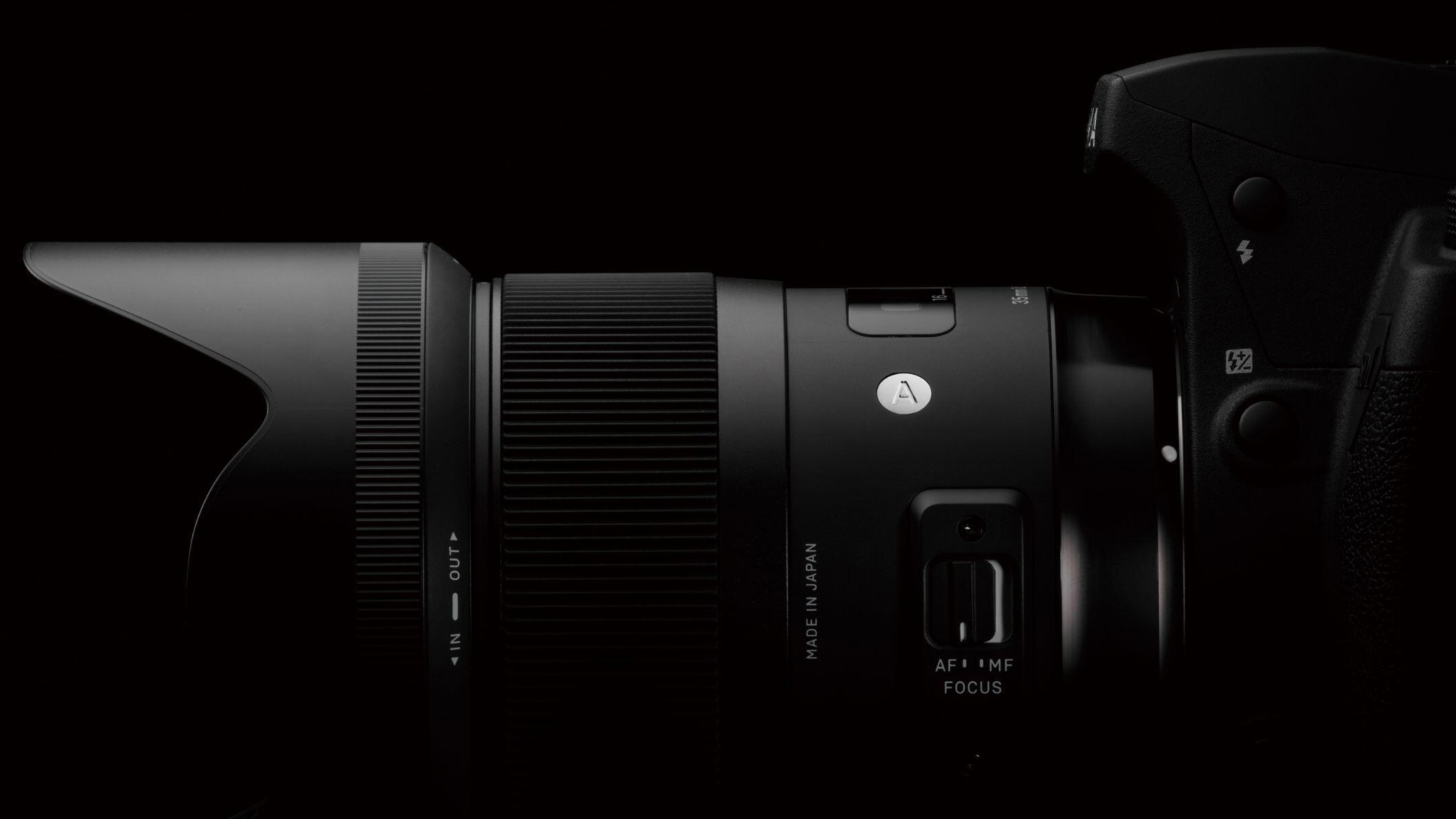
A question that every photographer probably asks at some point – especially when starting out – is whether to choose a prime lens or a zoom lens. Both have their perks, but this portrait photographer prefers to work with a prime – a 35mm, no less, specifically the Sigma 35mm f/1.4 DG HSM | Art.
Prime lenses have fixed focal lengths, which means you often have to 'zoom with your feet' and move around to get the composition just right. On the other hand, zoom lenses provide a lot more flexibility. While primes are well known for their incredible sharpness, modern zooms are closing this gap more and more.
Personally I lean towards zoom lenses because they enable me to photograph wildlife or motorsport safely from a distance, and also give me creative freedom.
I was curious about what other photographers prefer to work with, particularly in areas like portrait photography, which isn't my focus. So, I talked to a Ukrainian portrait and documentary photographer, Oksana Zarovna, and discussed why the Sigma 35mm f/1.4 is her favored optic.

"I currently favor using a 35mm fixed lens for my photography because it enables me to effectively capture and convey a compelling story within a single photo," Oksana explains.
"This can be more challenging with a 50mm lens, and even more so with an 85mm lens due to their narrower field of view. Although an 85mm lens may excel in capturing and conveying specific emotions, for storytelling purposes, I definitely prefer the wider perspective offered by the 35mm lens."
But why does Oksana choose to work with a fixed lens and lose flexibility in terms of composition?
"Working with a fixed lens forces me to think ahead and visualize the scene in advance. It requires me to approach the subject from the right distance and select the ideal angle, which ultimately leads to more intentional compositions."

The 35mm prime

Oksana shoots with Sigma's renowned 35mm Art lens. "I love the maximum aperture setting of f/1.4, which gives me flexibility in creating bokeh on the go, without the need to take too many technical aspects into account."
This Sigma prime is big on performance without breaking the bank. While it doesn't have some of the latest features, like weather sealing, the image quality is simply amazing. There are plenty of extra bonuses, like a focus distance scale, that make handling the lens enjoyable and intuitive.

You might also like...
Are you into portrait photography? Take a look at the best cameras for portrait photography and the best portrait lenses, and read our discussion on three prime lenses every portrait photographer needs to consider.







